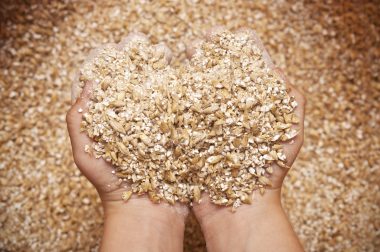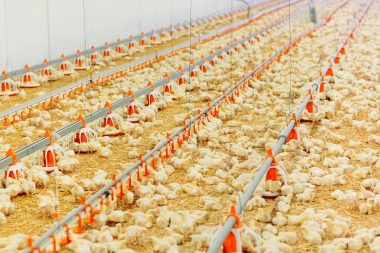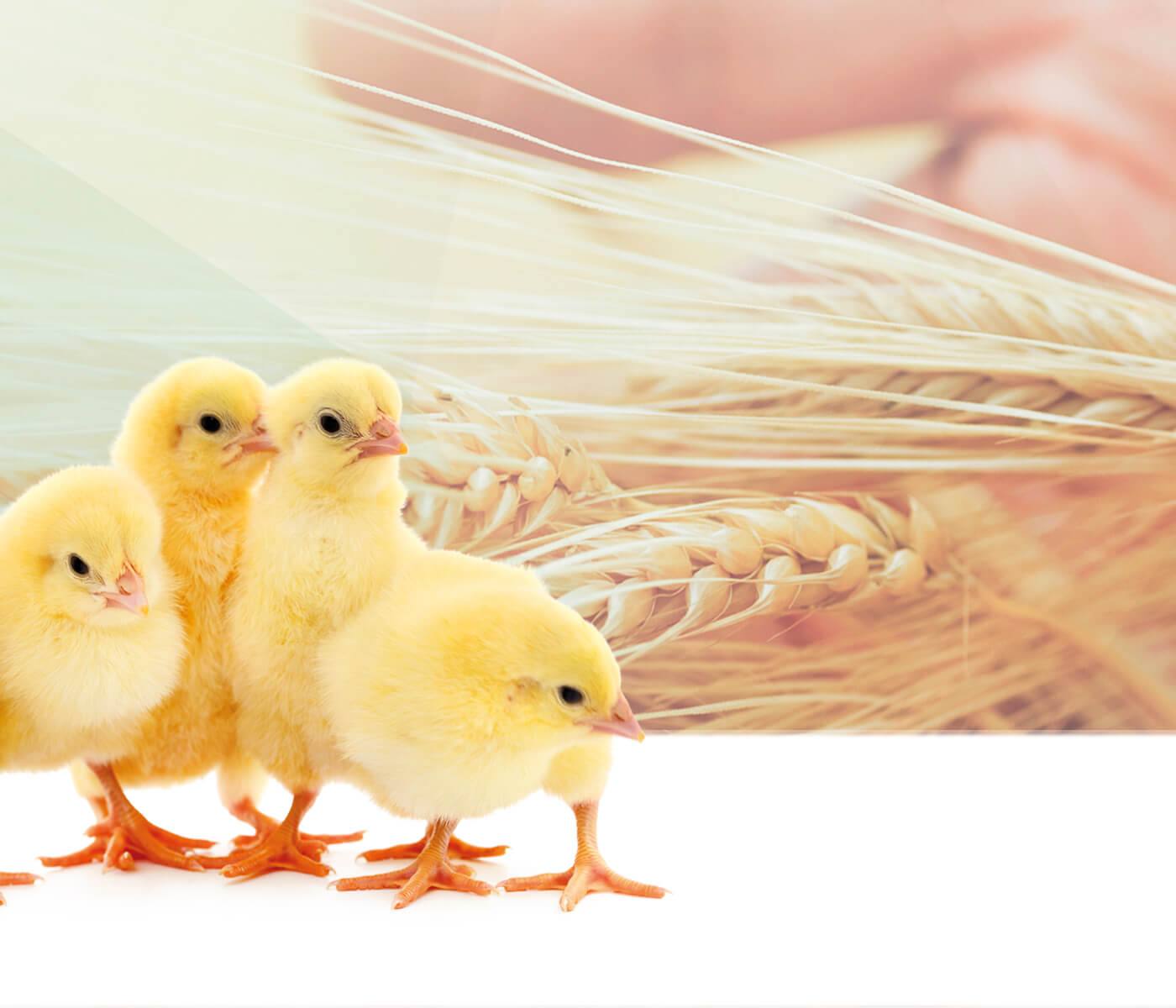Content available at: Español (Spanish)
Using whole wheat as a supplement to commercial feed is not a new concept. It has been a common practice in Northern Europe for more than 30 years (Forbes and Covasa, 1995; Engberg et al., 2004). Compound unpigmented feeds for broilers contain approximately 50-60% wheat.
- Grinding and granulation, together with transport, represent a high energy cost to manufacture a ton of feed.
- Hence, the high use of whole wheat in countries like Denmark, where farmers plant the grain and raise chickens simultaneously.

Figure 1. Wheat milling
In Spain, the main reason for including whole wheat in the feed was to control the problem of wet litter due to its effects on intestinal health and the functioning of the gastrointestinal tract (GIT) (Ravindran et al., 2006; Husveth et al., 2015).
The inclusion of whole wheat improves the functioning of the gizzard and reduces the incidence of proventriculitis, so, despite the high cost, its practical use increases.
Recent data on the benefit of whole wheat on economic performance is conflicting.
- To ensure success, feeding based on the inclusion of whole wheat should be started no earlier than 7 days of age with levels below 5-8%.
- In the finishing phase, levels of around 4-5%, are recommended, taking into account possible problems in the slaughterhouse (contamination of the carcass and hours of fasting).
WHOLE WHEAT AND DIGESTIVE PHYSIOLOGY
In recent years, as a result of the ban on the use of antibiotics as preventives in the EU, the use of whole wheat has been extended to reduce the problem of wet litter and its impact on carcass quality.
- In this particular, it has been shown that coarse grindings facilitate the functioning of the digestive system, improving the health status of the GIT of birds (Jiménez-Moreno et al., 2019).
- To understand that whole wheat, at a physiological level, corresponds to the use of very coarse grindings; therefore, the physiological mechanisms that explain its activity are similar.

Figure 2. Broiler litters
Beneficial effects
The beneficial effects of the coarse grinding of the ingredients (and therefore of the whole wheat) are related to the improvements in the functioning of the GIT and, in particular of the gizzard, where it improves the functioning with an increase in size and a reduction in pH which benefits the activity of pepsin and enzymes.
- A functional gizzard increases the intensity of antiperistaltic movements, improving the motility of the walls and the integrity of the digestive mucosa (Svihus et al., 2004, 2010; Mateos et al., 2012; Jiménez Moreno et al., 2019).
- Therefore, the positive effect of whole wheat will be more significant when there are digestive problems.
Recent research shows that the inclusion of whole wheat influences the control and prevention of specific processes and pathogenic microorganisms such as Salmonella, Clostridium, and coccidiosis. For example, Engberg et al. 2 (2004) found that whole wheat reduced
Keep up to date with our newsletters
Receive the magazine for free in digital version
REGISTRATION
ACCESS
YOUR ACCOUNT
LOGIN
Lost your password?










